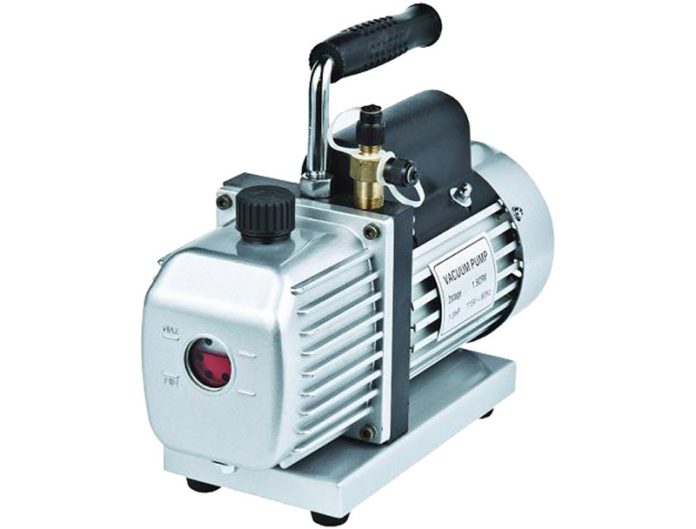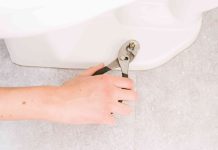Vacuum pumps are important in laboratories. They provide the right conditions required for running a myriad of lab applications. However, Vacuum Pumps can be exposed to chemicals and acids. That’s why maintenance is essential. Proper maintenance ensures that your vacuum pump functions optimally and lasts longer. Here are the golden rules for carrying out effective vacuum pump-based maintenance.
Check The Oil
Consider checking the oil regularly. If you have misplaced your manual, visit the manufacturer’s online website. You can download their manual online. Consider reviewing the service recommendations. Don’t use your pump with the same oil for long. Consider changing oil from time to time. The manufacturer will specify when to change the oil.
Warm It Up
Don’t connect your pump without warming it up. Run it for about 20 minutes (i.e. when the inlet is blocked) before using it. Doing this will limit the amount of vapor that condenses in your pump. For an easy warm-up, instill a manual-based valve in line.
Don’t Block the Outlet
Don’t block its outlet. It will cause it to stop. At worst, blocking the outlet will lead to the overpressure condition, making the sight-glass seal loosen. This will lead to leakages, forcing you to conduct expensive repairs. Thus, don’t tamper with the outlet of your pump. Leave it open for easy operation.
Inlet Cold-Based Trap
Corrosive vapors can damage your pump. It will corrode its surfaces, making them inefficient. Thus, consider using a cold trap in its inlet. Install the trap. It will protect it against corrosion and reduce vapor load. This will increase your pump’s overall efficiency.
Gas Ballast
A vacuum pump uses gas blasts. Gas blasts rely on air for boosting the condensate via the outlet. As a result, it purges some gas from the pump’s oil. If you are using the vacuum in applications requiring a high level of vapor loads as well as very corrosive gases, use a hybrid pump for keeping the oil vacuumed. This pump distills gases and other aggressive gases out of the oil. This reduces the chances of your pump getting corroded. As a result, your pump will last longer.
An Inlet-Based Filter Will Protect It from Particulate
Install an inlet filter. With an inlet filter, you can keep abrasive materials from getting into the pump oil. The inlet filter uses a rotating mechanism to keep these particulates from getting into the pump oil. To determine if your oil is having these particulates, rub the oil between your fingers. An inline oil-based filter will extend your oil’s life. So, this is a good option if you don’t want to change the oil every other day.
Run It After Use
After using the pump, remove solvents from it by running the pump for a few minutes. Consider blocking the inlet, opening the gas ballast, and running your pump for 10 minutes.
The Bottom-Line
For optimal performance maintain your vacuum pump. Schedule both preventive and corrective maintenance. Get rid of acids from the pump. Proper maintenance will improve your pump’s efficiency. It also optimizes its performance. Proper maintenance prolongs the life of your pump. Use the above rules to carry out effective maintenance for your vacuum pump.













